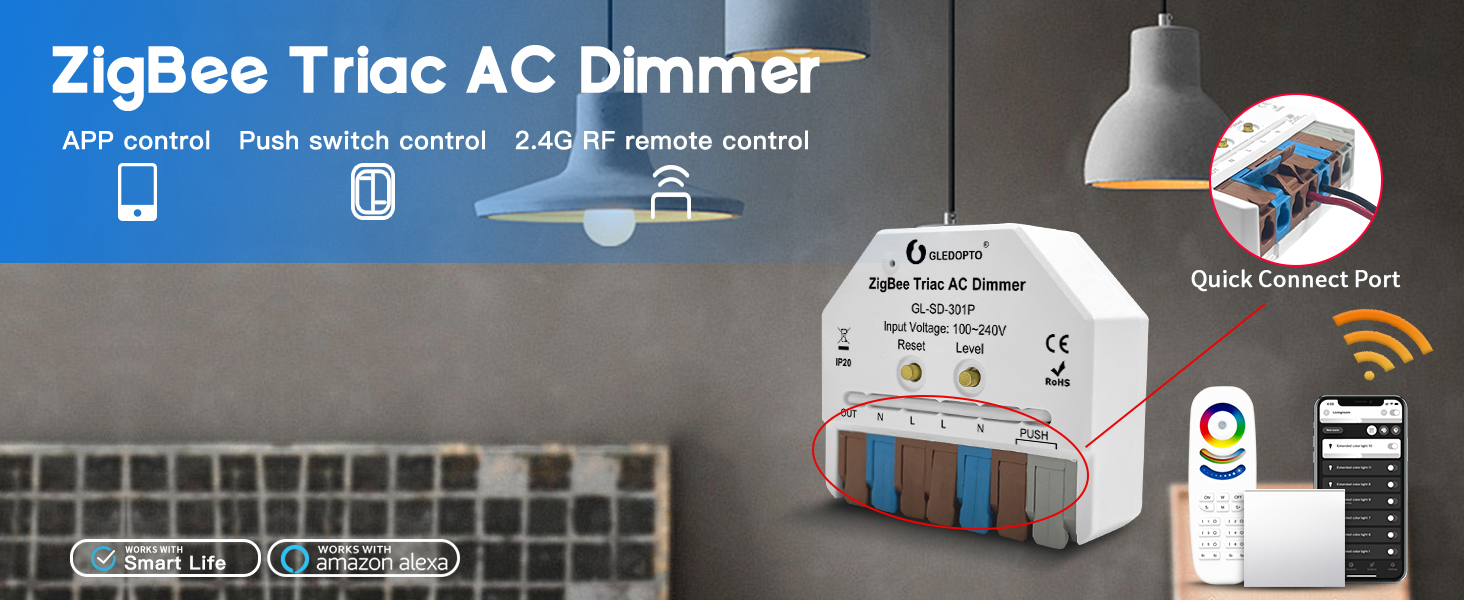Customer Services
Copyright © 2025 Desertcart Holdings Limited
Desert Online General Trading LLC
Dubai, United Arab Emirates










💡 Small Switch, Big Smart Impact!
The GLEDOPTO ZigBee 3.0 Triac AC Dimmer Switch Mini is a compact, high-performance smart dimmer supporting up to 400W LED loads. Compatible with leading ZigBee hubs and controllable via app, voice, or remote, it offers easy installation and reliable trailing edge dimming for smooth, interference-free lighting control.




Trustpilot
5 days ago
1 month ago